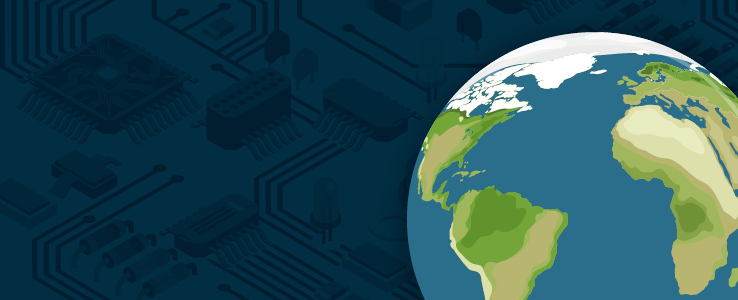Fresh off the back of slashing most of its technical writing team , Sydney-based design software company Canva is doubling down on artificial intelligence with new AI-powered tools aiming to rival Microsoft and Google. During an event at LA’s SoFi Stadium in front of 4,500 people, Canva’s co-founders Melanie Perkins, Cliff Obrecht and Cameron Adams unveiled Visual Suite 2.0, which includes an AI-enhanced alternative to Excel and Google Sheets.
Along with Canva Sheets, the update includes Canva Code (an AI coding assistant) and an enhanced AI design assistant. It comes as Canva’s annualised recurring revenue (ARR) surged past $US3 billion (A$4.9 billion), up from $US2.

5 billion just six months ago. The company now claims 230 million active monthly users, with over a billion designs made on the platform in March alone. “This is about powering the modern workforce,” said Obrecht.
“Our bottom-up adoption in large organisations is strong, and now we’re pairing that with more top-down enterprise growth.” Using Canva Sheets, users can prompt the AI to generate charts, uncover trends, and translate content across languages. Also launching is Magic Charts, turning raw data into animated infographics, and Magic Insights, which offers smart data summaries.
Canva’s aim is to make spreadsheets more accessible to non-technical teams. The Visual Suite 2.0 update also includes Canva Code, an AI assistant that builds fully functional websites and widgets from simple text prompts, with no coding required.
Obrecht demoed a tool to beat jetlag and even a fishing tide chart built on the fly. Meanwhile, Canva’s all-new AI chatbot acts as a “conversational creative partner”, allowing users to voice-command everything from photo edits to presentation builds. Behind much of Canva’s new AI muscle is Leonardo.
Ai, a Sydney-based image generation startup Canva acquired last year for $US250 million (A$401 million). Leonardo’s Phoenix AI engine is now integrated across the suite. While Canva remains privately held, its increasingly frequent revenue disclosures and US-based launches hint at IPO ambitions.
A float is expected once market conditions stabilise, likely following the route taken by fellow Aussie tech company Atlassian. “We’re not rushing,” Obrecht said. “But we’re positioning ourselves for when the time is right.
” The company now has 25 million paying customers and remains profitable – though it hasn’t revealed specific earnings. A key part of the update is One Design – a new format that lets users combine presentations, spreadsheets, videos, documents, and whiteboards into a single interactive project. It’s a direct shot at siloed productivity tools and aims to simplify collaboration for marketing, sales and product teams.
As for the recent layoffs in its technical writing team, the company said this was due to a change in workflow, not AI replacing staff. “It’s about engineers taking more ownership of documentation,” said Adams. “AI is here to amplify, not replace, human creativity.
”.
Technology

Canva Takes On Microsoft and Google With AI Product Overhaul as Revenue Hits A$4.9 Billion

Fresh off the back of slashing most of its technical writing team, Sydney-based design software company Canva is doubling down on artificial intelligence with new AI-powered tools aiming to rival Microsoft and Google. During an event at LA’s SoFi Stadium in front of 4,500 people, Canva’s co-founders Melanie Perkins, Cliff Obrecht and Cameron Adams unveiled... Read More















